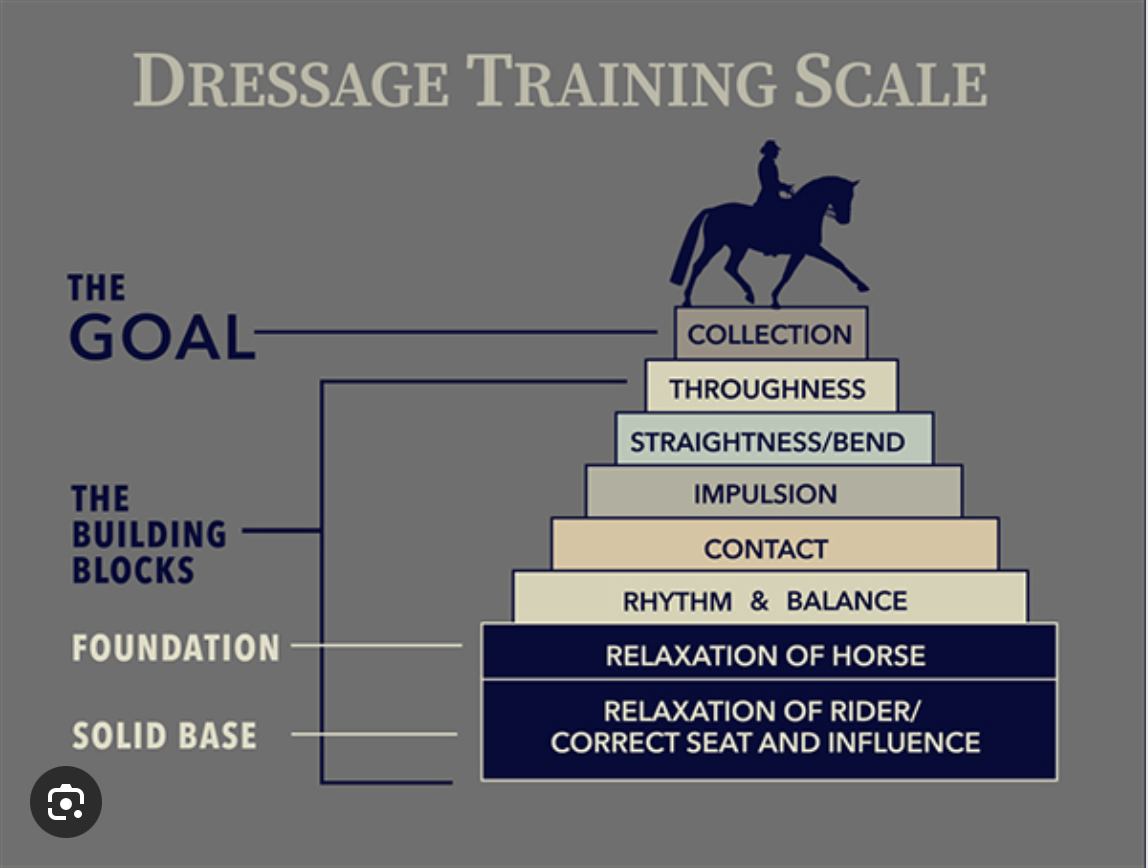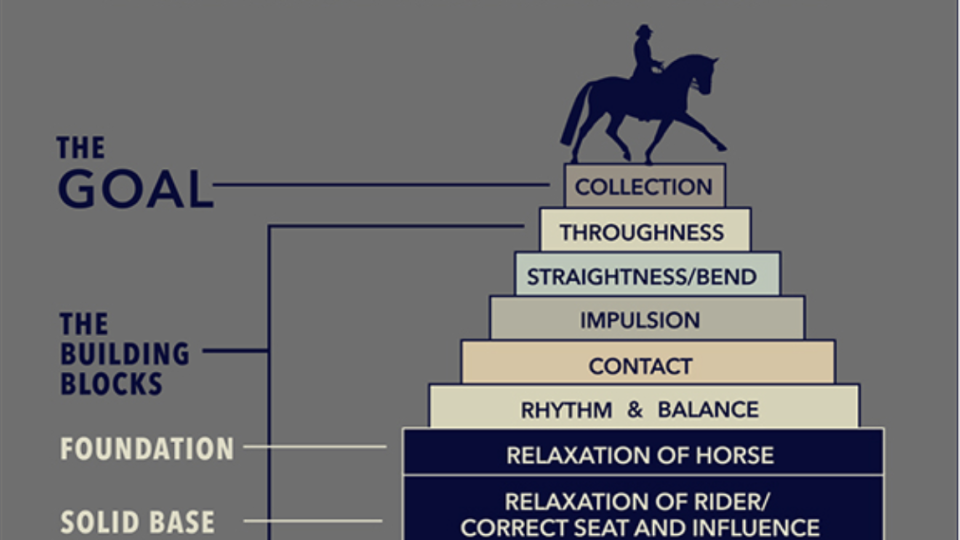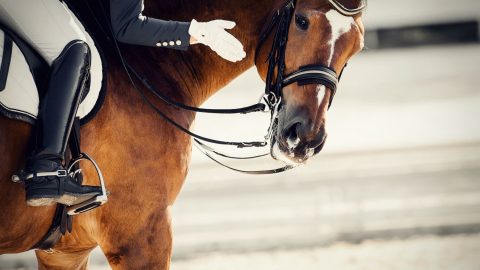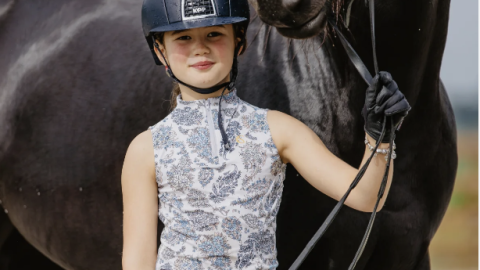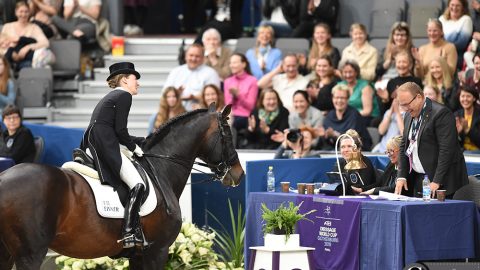When a client shows interest in a dressage horse, the most common questions are about the gaits, flying changes, whether it does half-passes, pirouettes, or if it’s competing close to Prix St. Georges or Grand Prix.
But very rarely does someone ask:
“At what stage of the training scale is this horse?”
And here lies one of the great paradoxes of our sport: the training scale —rhythm, relaxation, contact, impulsion, straightness, and collection— is the backbone of dressage, recognized by the FEI and taught in every riding school… yet it often takes a back seat when it comes to buying a horse.
Why does this happen?
- General lack of knowledge: many riders have been in the saddle for years, but the training scale has never been explained to them clearly and progressively.
- Focus on instant results: buyers want to see “visible” movements (changes, piaffe, passage), rather than the more “invisible” qualities like rhythm or contact.
- Market influence: sales videos are designed to impress, highlighting flashy exercises rather than the horse’s true progression along the scale.
What should an informed buyer ask?
Instead of focusing only on whether a horse can do flying changes or has competed at PSG, it’s far more useful to consider:
- Does it maintain a clear, regular rhythm in all three gaits?
- Does it move with relaxation and suppleness, free of tension?
- Does it accept the contact in a steady, elastic way?
- Does it show active impulsion, coming from behind into the hand?
- Does it travel with a degree of straightness in basic work?
- And only then: is there an emerging ability for collection?
A buyer who understands the scale, buys better
A horse that fulfills the early stages of the training scale will always have an easier path towards Grand Prix. On the other hand, a horse that can already show piaffe and passage but lacks rhythm or steady contact will inevitably face blocks in its development — or worse, injuries in the long run.
The Gallery Horse vision
At Gallery Horse, thanks to our experience and vision as dressage judges, we select horses that are trained and presented correctly according to the training scale.
We know that some horses, depending on their price range, may not seem “flashy” to the non-professional buyer used to looking only for spectacular videos. Yet these are correct, sound horses with solid foundations that ensure progress and long-term soundness in sport.
Final reflection:
Perhaps it is time for all of us —riders, trainers, and buyers— to put the training scale back at the center of our decisions. Because in the end, we are not just buying a horse that “performs movements”; we are buying an athlete in training who must climb this ladder step by step.
